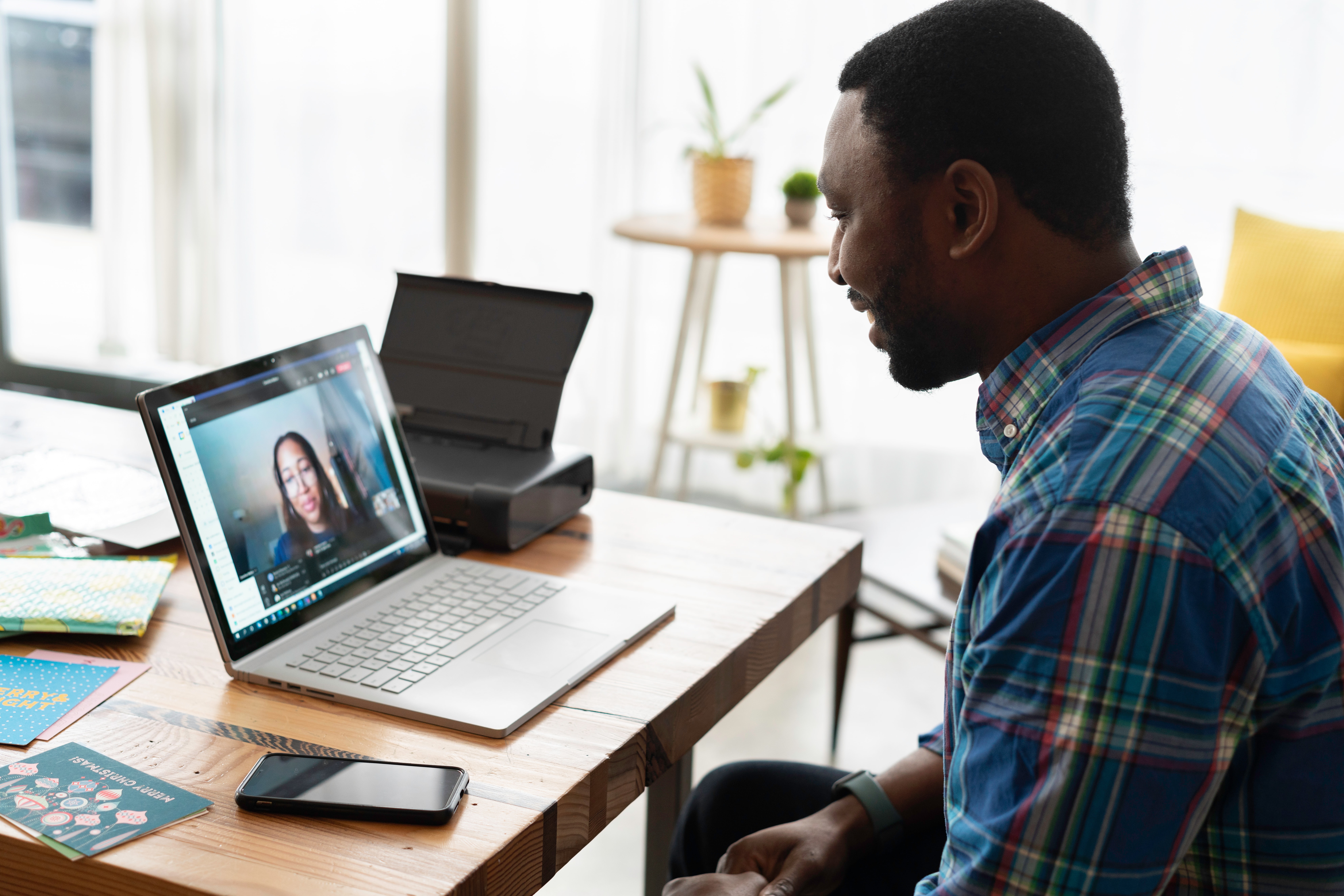Screen savers: time online versus the commute
Talking to colleagues and connections over the past few weeks about the lifting of restrictions and what that will mean to the way they ‘do’ business and meetings, and the answers have been as varied as the people I have been speaking to.
Prior to the pandemic, many of us used our cars as our occasional office, making calls and responding to emails – sometimes even working on documents and presentations – between meetings, out on the road. I haven’t met any of my clients face-to-face since March 2020 and I’m itching to do so, but the more I think about it, the more I am convinced that face-to-face meetings won’t be totally replacing online meeting in future.
Time to consider
Over the various lockdowns I have had time to think back and reflect on my career management career to date. What I find interesting is that, although I haven’t physically met any of my clients now in over 18 months, I am actually spending much more time with my corporate clients, and those individuals who had been referred to Career Evolution to support during their job search, than I would have done pre-pandemic. Not only that, but I have more time to see more people, and I have carried out job search programmes with many more clients than I ever did previously. I love it, and I have found a part of my role that I’ve been able to formalise into my own job description.
So, what’s changed?
I think that the biggest change is obviously the commuting time. While potentially previously, I could have seen more people, the big reason that I didn’t book in more meetings was that I needed to build in time to take into account the vagaries of potential traffic jams or trains running late. Ensuring that I could get to my meetings on time, meant I could book in a lot less of them, precluding this lovely part of my role.
Preventing Zoom-fatigue
Zoom-fatigue is a real thing, and I too can get ‘zoomed out’. However, all it needs to make it work is a little bit of careful planning. In reality, if organisations and individuals are able to plan their time, a simple 10 – 15-minute break between meetings can be really effective. Meetings don’t have to start on the hour or half-hour, as they so often currently do.
You might think it’s one set of stresses ruling out the other, but compared to navigating off the M6 to find a quicker route when you are stuck at the back of a 10 mile tail back, looking at the clock and hoping that you make it just in time without speeding, then I for one think keeping the Zoom meeting, post-pandemic, is an easier fix!
Speak to our team if you are in need of our services.






